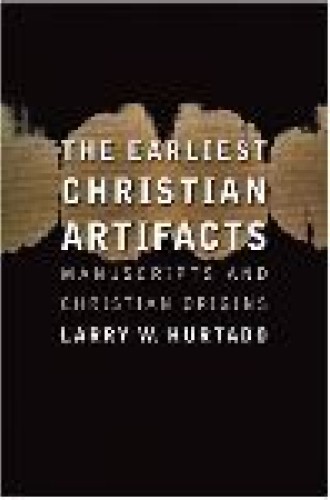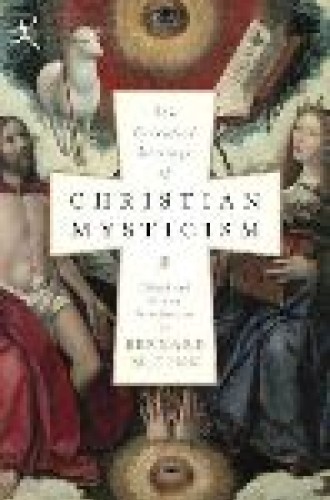BookMarks
In this fascinating book Larry W. Hutardo, New Testament scholar at the University of Edinburgh, Scotland, studies certain physical features of the earliest Christian papyrus manuscripts. These manuscripts have been much studied for their textual features (such as variant readings) but less for their physical characteristics. As artifacts they make an important contribution to our understanding of Christian origins. Hutardo has chapters on the much-discussed Christian preference for the codex (book form) over the roll (scroll form) and the common practice from earliest days of abbreviating nomina sacra (sacred names, such as God, Lord and Jesus). A chart of Christian literary texts and nine exceptionally clear photographs adds to the value of the book. Hutardo provides an excellent gateway to the world of early Christian manuscripts and highlights their significance in studying Christian origins.
Bernard McGinn, a preeminent historian and interpreter of the Christian mystical tradition, has edited this fine collection of mystical writings, organizing them thematically (on biblical interpretation, prayer, sacraments and so on). While some of the mystics are from the modern era (Thomas Merton, for example), the majority of the writers are from the medieval period. The Quaker George Fox is a notable exception in what is largely a Catholic anthology. In addition to the introduction to the volume, McGinn offers helpful introductions to each thematic section, author and entry, as well as a brief critical bibliography on mysticism. Published in the Modern Library Classics series, this is a great value.






